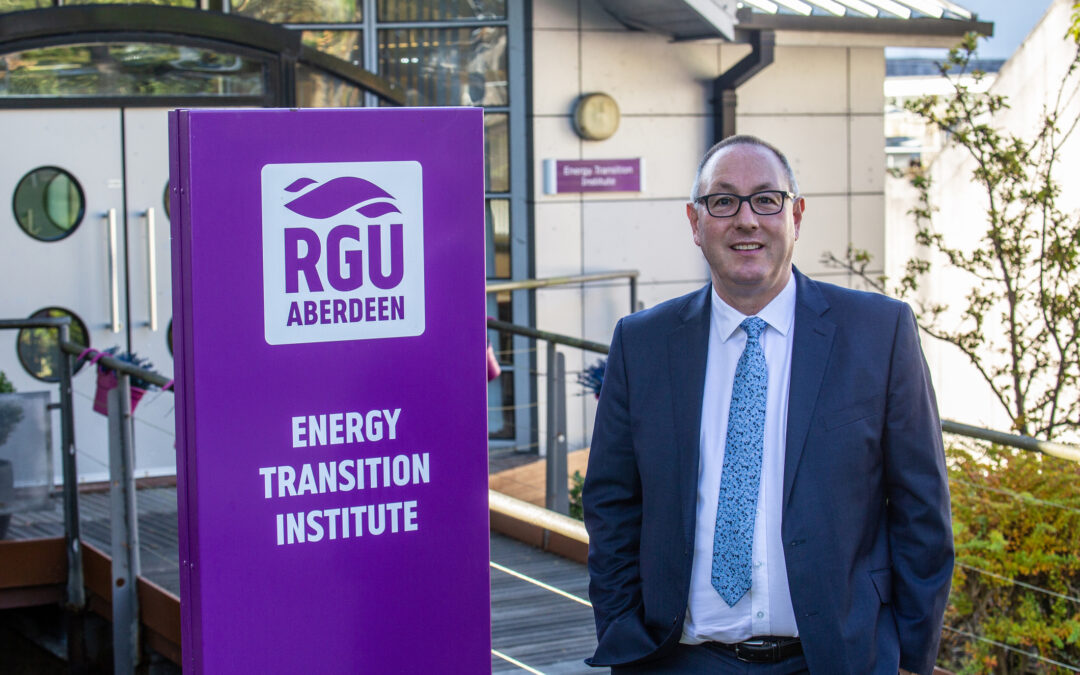“Normalisation” of salaries could be in the future of the offshore energy industry as workers transfer through to offshore wind.
The pay of workers in oil and gas compared to the clean energy alternative has been in the spotlight, with a union boss saying last month that commensurate roles can have a big disparity.
John Boland of Unite told a Scottish Parliament inquiry that the “pay cut” can amount as large as £20,000.
Is that the norm for the sector to expect as well-paid oil and gas workers make the shift across sectors? Mr Boland said there needs to be a “a degree of compensation” if workers are expected to work weeks away from family at a time.
However, professor Paul de Leeuw, director at Robert Gordon University’s Energy Transition Institute, told EV the shifting nature of the work may mean more normalised salaries going hand-in-hand with more normalised hours.
“If you think about what is happening now, we have a very large workforce which goes two or three weeks offshore, two weeks on. People are on shifts with unsociable hours away from family and there is a premium to that. The future of work isn’t like that. If you think about what is happening as we decommission the platforms or the future with windfarms – you can operate them onshore. You will still have crews going out (but) the nature of work is shifting and changing. So there’s a different risk-reward element, and a sociable hours element attached to new ways of working. I’ll let John talk about his own comments, but what I see is far more of a shift happening around the nature of work.”
“We see more of a normalisation of what the salary will be.”
Professor de Leeuw said there are different scenarios which may cause variables in how pay reward systems work out.
High competition for skills – as industries like oil and gas decommissioning and offshore wind vie for resources – is one example.
However the aim should be a joined-up approach which avoids boom and bust to allow for a “managed transition”.
“We always will compete for skills, people will pay for all of they think is required but it depends on the world we’re going to be in.
“I can see if we do it in advance, in a coordinated way, we have a stable set of activity and a stable workforce, no kind of peaks and troughs. You can actually see forward and get a normalisation of the reward structure.”
Part of the problem is figuring out the size of the investment to be made, and how it will be structured in the UK and its impact on the supply chain.
Trade body Offshore Energies UK (OEUK) said recently that half of a projected £200bn spend to 2030 is on hold due to political uncertainty.
Even then, questions remain around which components will be manufactured in the UK and how high-end the domestic jobs will be.
Right now, oil and gas investments are dropping while the brunt of wind investment is yet to feed through to much of the supply chain – which could see a shrinking of suppliers available.
“I think the big challenge in this is making a managed, coordinated, just and fair transition which allows you to decline one industry and build another one. It’s all about how do we make this supply chain workforce, the GVA, of the UK bigger. I’m not sure we’re on that track yet.”

